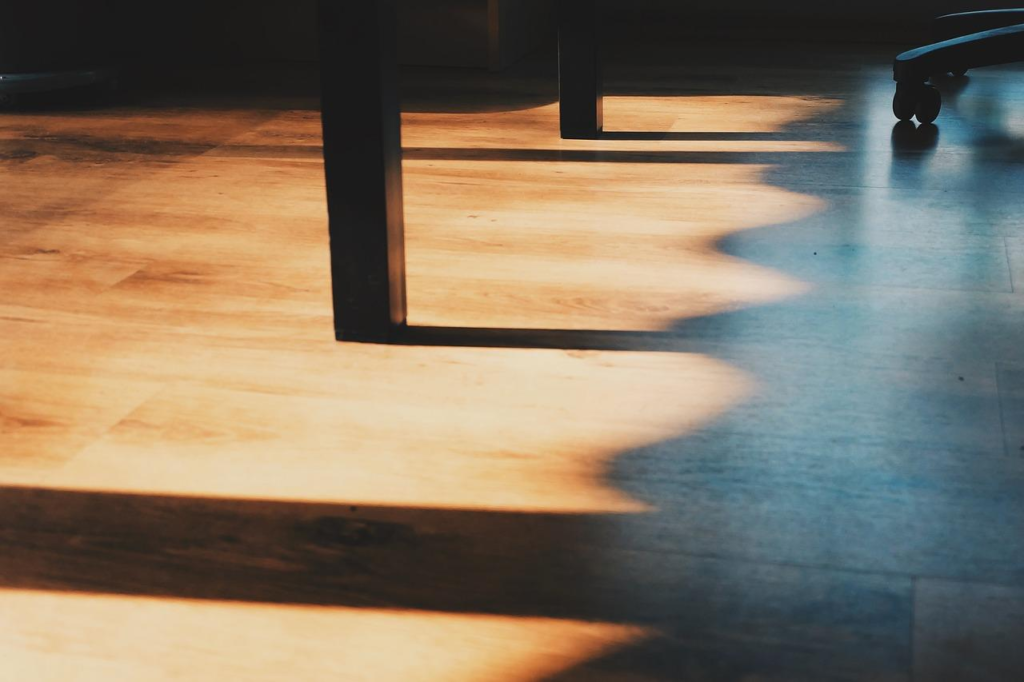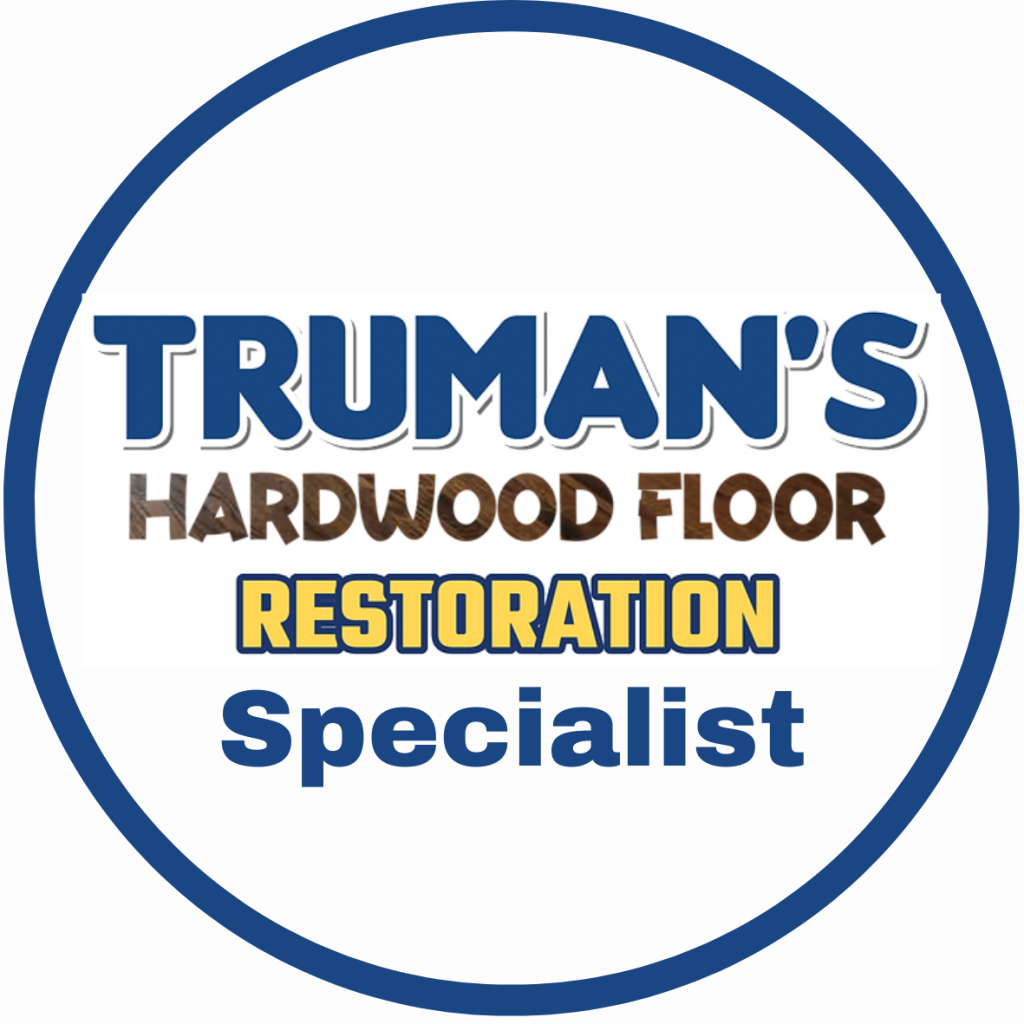When choosing the best materials for flooring, one of the most important factors to consider is your local climate. Flooring types behave differently depending on the levels of humidity, temperature fluctuations, and other environmental factors.
Whether you live in a humid region prone to moisture or a dry area with more stable conditions, selecting the right material can help preserve the integrity of your floors for years to come.
How Humid Climates Affect Flooring
In humid regions, flooring is often subjected to higher moisture levels, which can cause certain materials to warp, swell, or become damaged over time.
Wood, for instance, is particularly vulnerable to humidity. It expands in moist conditions and contracts in dry environments, leading to gaps or buckling in the planks.
In these regions, waterproof and moisture-resistant options are ideal. Luxury vinyl plank (LVP), for example, has become a top contender.
LVP offers the look of hardwood without the vulnerabilities. Its waterproof core prevents moisture from seeping in, making it one of the best materials for flooring in places with high humidity. Additionally, it’s easy to clean and maintain, even in homes where spills and humidity are frequent.
On the other hand, while laminate flooring can also withstand a degree of moisture, it’s not entirely waterproof.
Modern laminates do come with enhanced moisture resistance, but excessive humidity over time could still cause problems, such as bubbling. In humid climates, it’s important to keep laminate flooring in well-ventilated areas and address any spills promptly.
Flooring Considerations for Dry Regions
In dry climates, the lack of moisture can cause wood flooring to shrink or crack. For those set on the look and feel of natural wood, hardwood can still be a viable option, but it requires proper maintenance.
That said, LVP remains an excellent option in dry regions as well. Since it’s made from synthetic materials, it doesn’t react to humidity or dryness like hardwood does.
Laminate is another best material for flooring in dry environments, as it’s less prone to shrinking or expanding than solid hardwood, especially if you choose a high-quality product.
Choosing the Best Flooring Based on Climate
So, what are the best materials for flooring in your specific climate? Here’s a quick summary:
- Humid climates:LVP and moisture-resistant laminate are your best bets. Hardwood can be used but requires extra care, such as sealing and climate control.
- Dry climates:Engineered hardwood, laminate, and LVP are great options. Solid hardwood is possible but needs consistent maintenance to prevent damage from dryness.
Professional Flooring Care and Restoration
If you’re located in Riverside, Colton, or Redlands and need expert flooring services, consider reaching out to Floor Detox.
We take pride in being skilled wood floor restoration experts, and offer a range of services like hardwood floor refinishing, laminate floor maintenance, and luxury vinyl plank maintenance. Whether you need custom hardwood floor finishing or hardwood floor buffing, our team has you covered.
Contact us now to ensure that your floors remain in pristine condition no matter what climate challenges you face!



